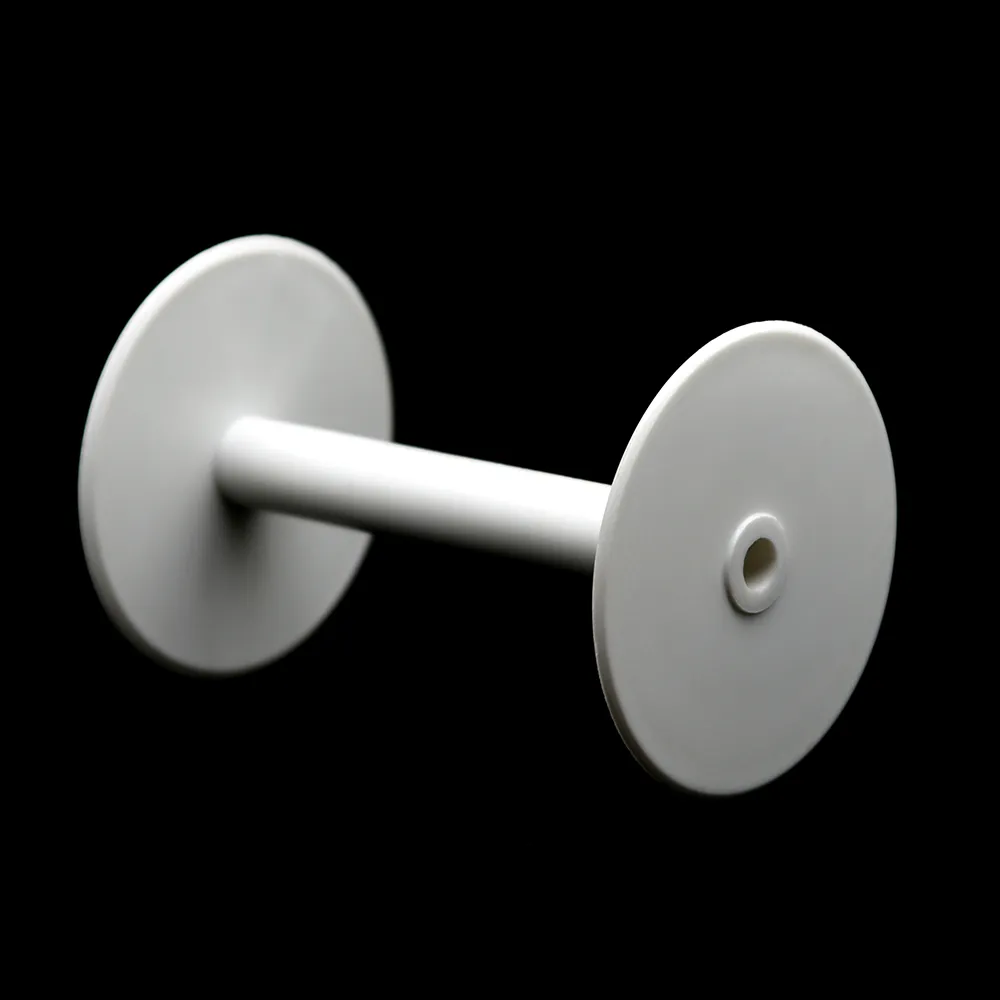CNC machining and 3D printing are both important ways to manufacture parts. But do you know the differences between them? This article will show you some main differences.
1, material differences
3D printing materials are mainly liquid resin (SLA), nylon powder (SLS), metal powder (SLM), gypsum powder (full-color printing), sandstone powder (full-color printing), wire (DFM), sheet material (LOM) ) and many more. Liquid resins, nylon powders, and metal powders make up the vast majority of industrial 3D printing.
The materials used for CNC machining are all pieces of sheet metal, which is a sheet material. By measuring the length, width, height, and wear of the part, a sheet of the appropriate size is cut for processing. CNC machined materials have more options than 3D printing. General hardware and plastic sheet can be CNC processed, and the density of molding parts is better than 3D printing.
2, post-processing differences
3D printing parts of the post-processing options are not much, generally polishing, painting, deburring, dyeing, etc..
CNC processing parts have a variety of post-processing options, in addition to grinding, oil spraying, deburring, electroplating, screen printing, pad printing, metal oxidation, laser engraving, sandblasting, etc.
3、Operating software difference
Most 3D printing slicing software is simple to operate, even for amateurs in the next two days under professional guidance can master the slicing software. Because the slicing software is currently optimized to be very simple and can automatically generate support, which is why 3D printing can be popular to individual users.
CNC programming software is much more complex and requires a professional to operate. People with zero knowledge usually have to learn it for about six months. In addition, a CNC operator is needed to operate the CNC machine.
Because programming is very complex, a part can have a variety of CNC machining solutions, while 3D printing is more objective because of the small amount of consumables when placed for processing.
4. Differences in parts due to molding principles
As we mentioned before, 3D printing is an additive manufacturing. It is based on the principle of cutting the model into N layers / N multiple points, and then stacking them one by one / little by little in sequence, just like building blocks. The same. Therefore, 3D printing can efficiently process structurally complex parts, such as skeletonized parts, while CNC machining skeletonized parts is more difficult.
CNC machining is a subtractive manufacturing process that cuts out the desired part through a variety of tools running at high speed and following a programmed tool path. Therefore, CNC machining can only produce rounded corners with a certain curvature and cannot directly process inner right angles, which is achieved through processes such as wire cutting/sparking. CNC machining of outer right angles is no problem. Therefore, 3D printing with internal right angle parts can be considered.
The paragraphes above are about differences between CNC machining and 3D printing. Hope they are helpful to you.

